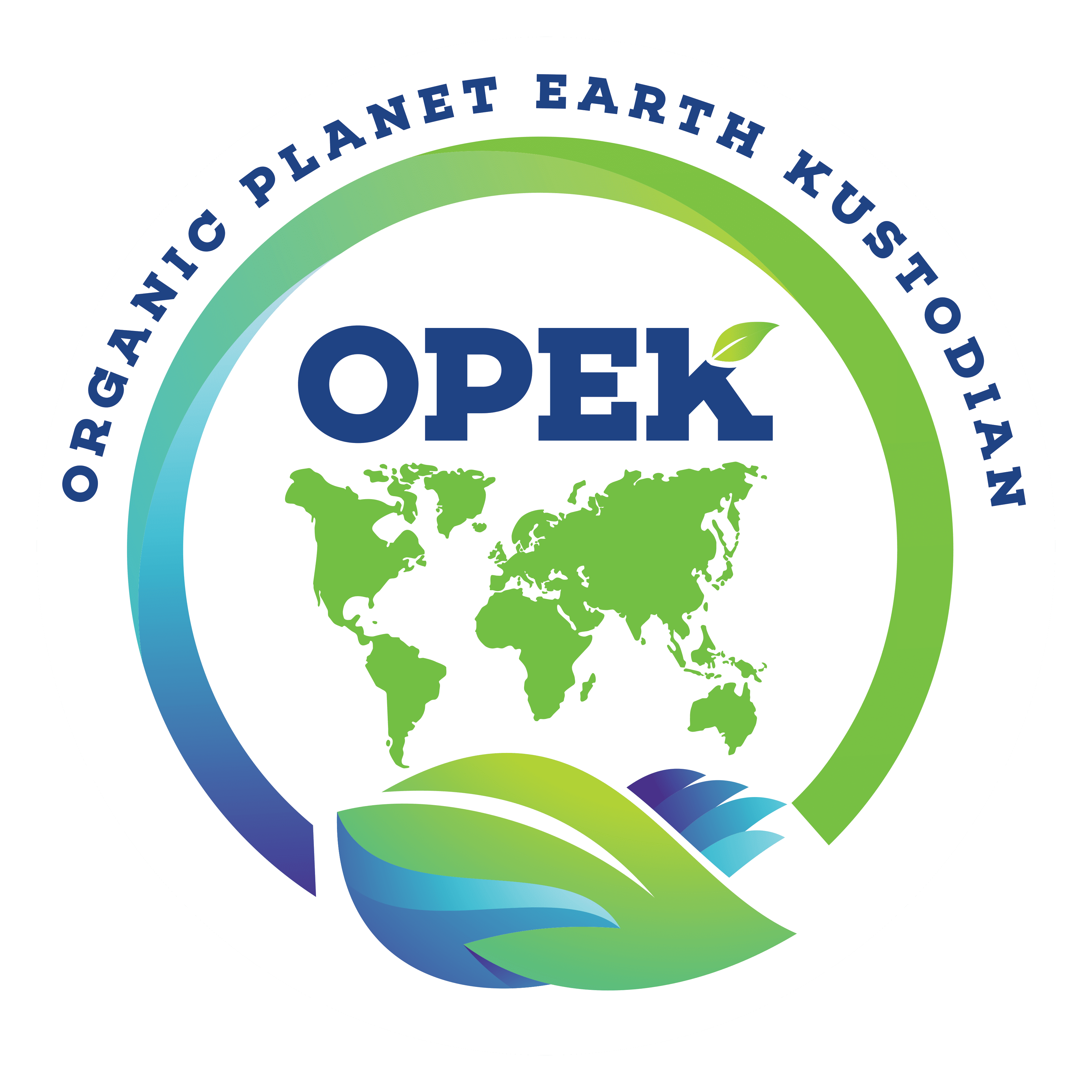With lockdown driving us to use restaurant home delivery, what’s happening to all those plastic takeaway containers? -They’re all being recycled. There are different ways to resue the plastics that end up in landfills, however this all depends on what material is being used.
Generally, many plastic food containers are made of a material known as polypropylene, or PP-5. While this material is generally described as recyclable and can be placed in your recycling bin for collection by your local council, it is difficult to find out where it goes and just how much ends up in landfill, where it may take hundreds of years to break down.
Scott Morrison, Australia’s Prime Minister had stated “Twelve percent of our plastics are recycled in this country,” in 2019. Therefore, governments have now moved towards utilising councils in order to reduce plastic waste and increase plastic recycling. Shoalhaven Council had stated that approximately 1,000 tonnes of plastic have been collected by them each year which makes up 76% of its recyclable content. The council had then gone on to state:
“The percentage of contents from the yellow bin that goes to landfill is 24 per cent, with zero per cent from the [public’s] waste depot drop-offs going into landfill. “Many of the different states in Australia have taken mixed approaches for plastic containers. The NSW Department of Planning, Industry and Environment had stated “Data indicates NSW generates 800,000 tonnes of plastic every year, with only 10 per cent being recycled,” which is a scary statistic.
A new strategy that Australia has implemented to combat this low statistic is to convert old plastic into new ones. A $45 million plastic recycling faculty is set to open up in Victoria in October 2021 and is a joint project between Cleanaway, Asahi Beverages and plastics manufacturer Pact Group Holdings. Cleanaway had stated: “It is anticipated a new facility will recycle the equivalent of around 1 billion 600ml PET plastic bottles each year,”
In addition to this, the NSW government’s Waste and Sustainable Materials Strategy 2041 incorporates a target to “phase out problematic and unnecessary plastics by 2025,” but this looks unlikely for take-away plastic containers, especially when waste overall in NSW is set to grow from 21 million tonnes in 2021 to nearly 37 million tonnes in 2041.
References:
https://www.abc.net.au/news/2021-07-15/takeaway-plastic-food-containers-not-recycled-/100290044


 by
by